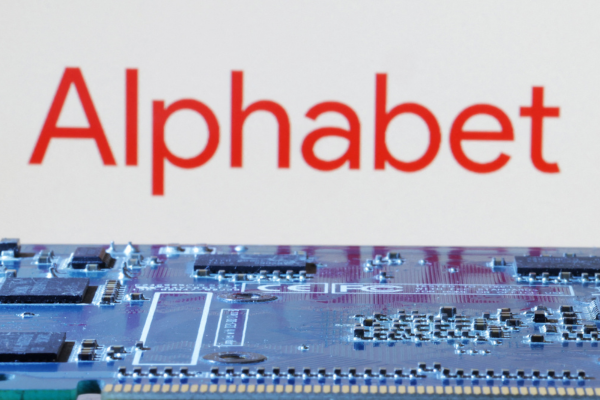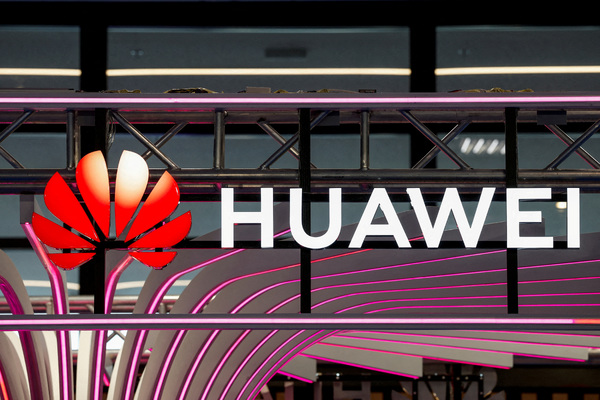The true benefits of composable IT architecture

Mark Troester at Progress explains how composable infrastructure can benefit application deployment and management
The notion of composable architecture as a way to generate greater business agility and scalability is nothing new in the tech world. Composable architecture breaks down traditional silos for application deployment and management. In fact, a recent report in Gartner’s most-read research category, Hype Cycles, has ranked composable infrastructure as having a “high” benefit rating that will result in significantly increased revenue or cost savings for an enterprise of any size.
But despite being generally accepted as the way forward for modern technology infrastructure across enterprises of all sizes, there remains some confusion among CIOs and business leaders about what composable infrastructure truly means. This could hold back adoption and the potential to derive the most value from tech investments.
What is composable architecture?
Composable infrastructure relies on an orchestration or composition layer outside of the application to abstract the physical infrastructure and configure it for the applications. This means an organisation can harness its disparate or integrated infrastructure assets into a consistent architecture - whether physical, virtual or hybrid.
In fact, three specific technology architectures are used to create a composable infrastructure: these are fluid pools of infrastructure resources, which include computing, storage and fabric resources; intelligent software; and a single, unified API. For an architecture to be truly composable, each of these three layers must be involved in the execution and operation of the infrastructure.
Benefits for enterprise tech
This combination of technologies allows the computing, storage and fabric resources to be individually changed—aggregated, disaggregated and composed—based on an application’s precise needs. The software intelligence, which is both template-driven and programmable, enables the hardware to take care of itself without the need for a dedicated system administrator.
One of the benefits of composable infrastructure over other software-defined approaches is that it allows the sharing of resources, such as system memory, among the virtual machines to meet varying application loads. It enables users to provision on demand, it runs anywhere and has the benefit of being both a smarter and more scalable infrastructure.
IT organisations running applications with dynamic resource needs that are critical to their business success—such as big data, software-defined storage and cloud-based services—stand to benefit greatly from composable infrastructure solutions. In addition, traditional workloads—such as collaboration, data processing and analytics, supply chain and web infrastructure—could also benefit from composable infrastructure via improved costs due to smarter allocation of resources and centralised management.
In summary, this application-centric approach offers greater operational efficiency while helping IT lower total infrastructure costs. It provides flexibility for changing resource needs and faster time-to-market for customer-facing service applications. It can also support existing, traditional applications while being able to take advantage of newer application development approaches such as continuous delivery.
Key things to know about composable infrastructure
Here are five things business leaders should know about composable infrastructure, which will empower CIOs to generate the most value for their organisations:
1. It is based on both compute resources and software
The three specific layers of technology used in a composable infrastructure - fluid pools of infrastructure resources, intelligent software; and a single, unified API must all be involved in the execution and operation of the infrastructure. An architecture using less than these three layers of technology provides some composable features, but it is not a fully composable architecture.
The single API allows IT pros to control the infrastructure elements—the compute, storage, and fabric resources—that can plug into other programming elements, resources or developer tools. With a single line of code, an IT professional or developer can get precisely the right amount of resources configured exactly as she needs to match the application. Only a fully composable architecture provides users with the ability to execute both traditional and cloud-style agile operations from a single infrastructure.
2. It provisions on demand
With a composable infrastructure, organisations can instantly and dynamically provision both hardware and software using a unified API. This allows resources to change based on either a specific application or system workload.
This flexibility enables infrastructure to be more responsive to the organisation’s needs. Since resources can be reconfigured as needed, the delivery of applications and services from which the business can derive value is accelerated. This might be an application designed to provide customers with new user experiences or changes to existing applications supporting the business based on leveraging business intelligence in new ways.
3. It runs anywhere
With composability, the infrastructure can run without being limited to a single computing technology or concept – either on virtual machines, containers and cloud-native applications. Users can apply the technologies applicable to their unique needs, be it virtualisation, hybrid cloud or both.
Its capability to run and store anything means IT can deliver a full-service provider experience to users and organisations to more fearlessly innovate, because there needn’t wait to purchase a new server to roll out an application.
With only a single set of operational practices associated with it, an organisation can reduce the complexity and cost associated with traditional data centre operations. All physical and virtual resources can be provisioned on demand regardless of the application or the resource.
4. It is smarter than your average infrastructure
A composable system is more intelligent, capable of automatically discovering the resources available to it, for instance in the case of a hardware asset not being attached or configured correctly, the system can automatically detect and offer a resolution to this problem.
Software-defined templates are another iteration of intelligence within a composable infrastructure. These allow users to instantly set up, provision and update the infrastructure in a single step. This saves time as well, since any changes can be made instantly, which enables applications to be continuously available. These attributes also reduce human intervention in rote operations.
5. It is more scalable
A pool of composable resources can be as small or as large as you want or need it to be. Because composable infrastructure is readily scaled, its use can be increased over time, at the rate that works best for each specific organisation.
Creating a composable infrastructure
The first step in creating a composable infrastructure is to identify all the elements, whether servers, storage and network, that are planned for deployment. These will reside in the data centre with the existing infrastructure resources. Proving the business case for composability to senior decision-makers is vital to get their buy-in to expand the pool of composable resources.
A sensible second stage would be to undertake a pilot programme, which enables all staff to familiarise themselves with the technology and track metrics. Taking this user-first approach ensures that the technology truly works for all.
Ultimately, by taking a composable infrastructure approach, users have faster service delivery, IT professionals can provide continuous delivery and the organisation becomes more agile with infrastructure operations and applications integrated and automated.
Mark Troester is VP Strategy at Progress
Main image courtesy of iStockPhoto.com

Business Reporter Team
Most Viewed
23-29 Hendon Lane, London, N3 1RT
23-29 Hendon Lane, London, N3 1RT
020 8349 4363
© 2024, Lyonsdown Limited. Business Reporter® is a registered trademark of Lyonsdown Ltd. VAT registration number: 830519543
Join the Business Reporter community today and get access to all our newsletters, and our full library of talk show episodes
Join the Business Reporter community today and get access to all our newsletters, and our full library of talk show episodes





